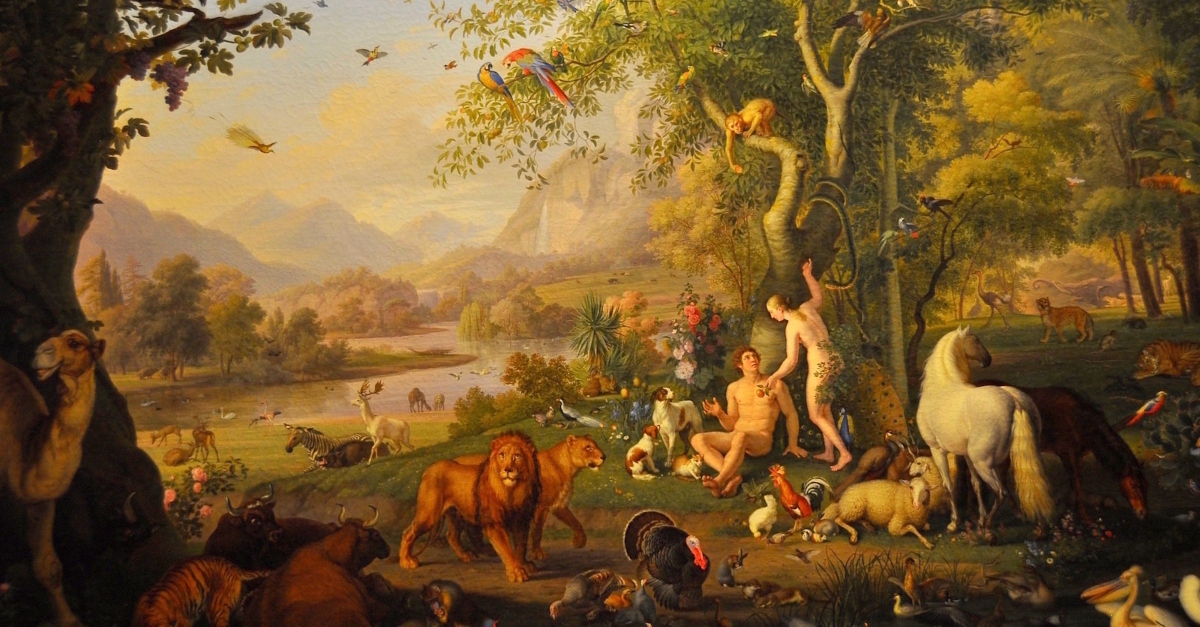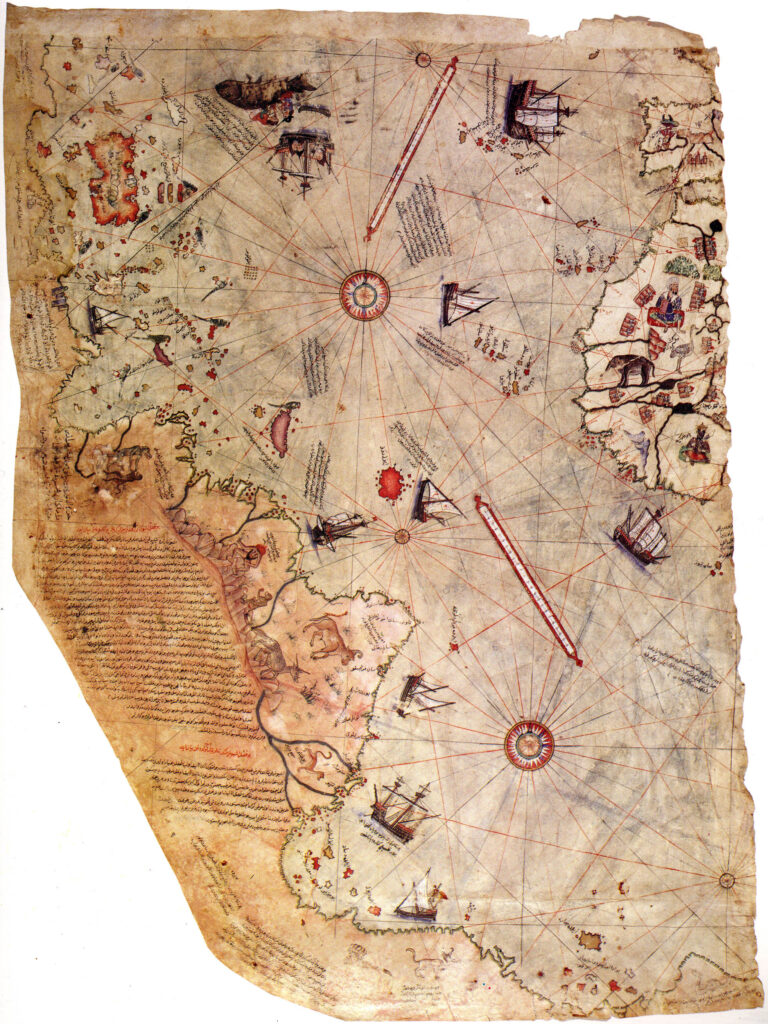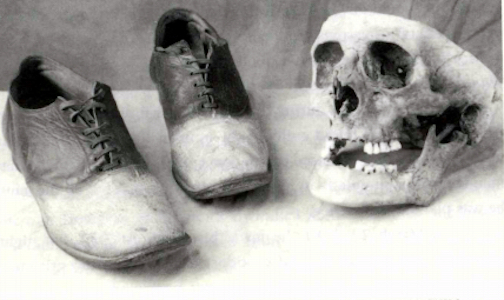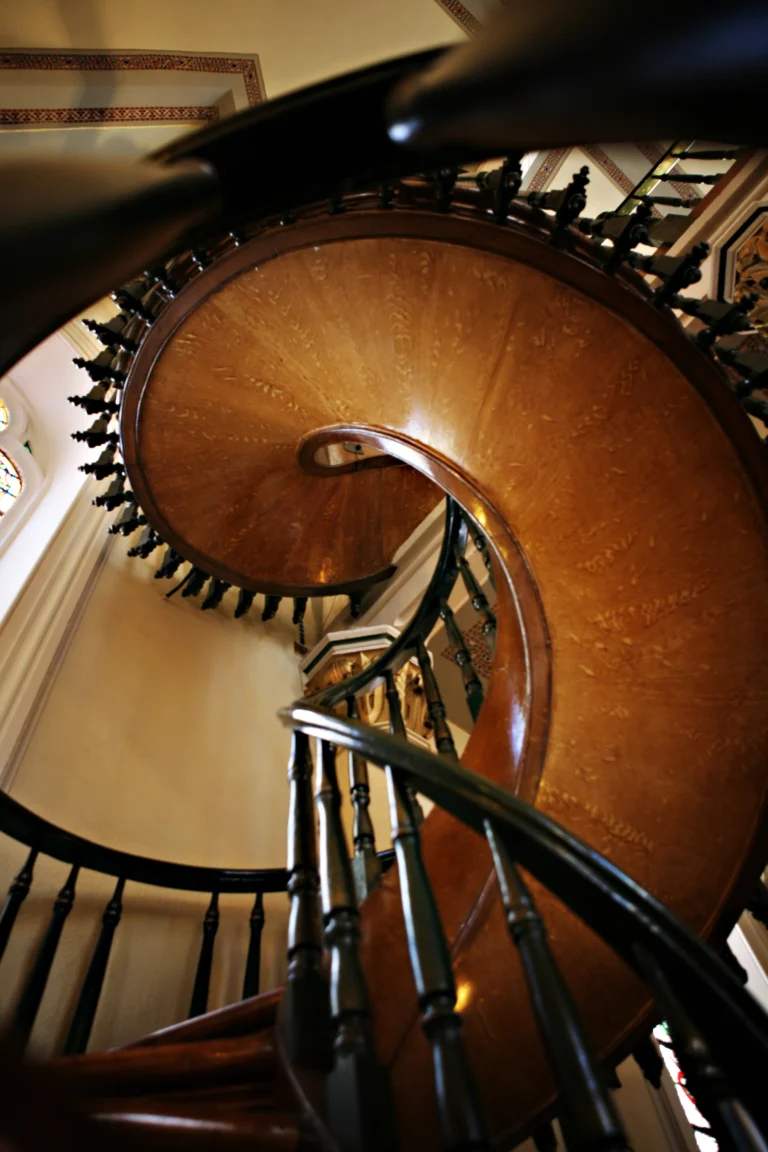The Enigma of Eden: Unraveling the Garden of Eden’s Modern Location
Understanding the Garden of Eden in Religious Texts
The Garden of Eden is a fundamental element of many religious texts, most notably in the Bible. Described as a paradise where the first humans, Adam and Eve, lived in bliss, the garden symbolizes innocence and divine connection. Its portrayal varies across cultures, leading to diverse interpretations about its nature and significance.
Biblical References to the Garden of Eden

The Bible describes the Garden of Eden in Genesis as a lush, bountiful land created by God. It is situated “in the east” and is watered by four rivers: the Pishon, Gihon, Tigris, and Euphrates. This description has led many scholars and theologians to explore possible locations in the ancient Near East.
“And the Lord God planted a garden eastward in Eden; and there he put the man whom he had formed.” (Genesis 2:8, KJV)
Cultural Interpretations Across Civilizations
Different cultures have their own interpretations of the Garden of Eden. For example, in Islam, the garden is referred to as Jannah, which represents both paradise and the afterlife. Meanwhile, in Zoroastrianism, it embodies the ideal existence where humans coexist harmoniously with nature.
Symbolism of Paradise in Religious Contexts
The Garden of Eden is more than just a geographical location; it symbolizes humanity’s lost innocence and the longing for a return to paradise. Its imagery evokes themes of fertility, abundance, and divine presence, making it a powerful symbol across various religions.
Theological Significance of Eden
Theologically, the Garden of Eden serves as a backdrop for the original sin narrative, illustrating the consequences of disobedience to divine command. This story has had lasting implications on doctrines surrounding sin, redemption, and the human condition.
Historical Theories About the Garden of Eden’s Location
Over the centuries, historians and archaeologists have speculated about the possible locations of the Garden of Eden, drawing from textual evidence and geographical clues.
The Four Rivers of Eden: Clues from Scripture
The rivers mentioned in Genesis provide critical clues to Eden’s location. Many scholars argue that the Tigris and Euphrates, which flow through modern-day Iraq, suggest a site in the Mesopotamian region.
Geographic Hypotheses: Mesopotamia to the Caucasus
While Mesopotamia is the most commonly cited location, other theories propose sites ranging from the Caucasus Mountains to the Persian Gulf. Each hypothesis often aligns with interpretations of ancient texts and archaeological findings.
Archaeological Discoveries and Their Implications
Archaeological digs in Iraq and neighboring regions have uncovered ancient artifacts and settlements that some believe may correlate with the biblical descriptions of Eden. However, definitive evidence remains elusive, sparking ongoing debates among scholars.
Theories of Eden’s Existence vs. Non-Existence
The debate over whether the Garden of Eden was a real place or a mythological construct continues. Some scholars argue that it symbolizes an ideal state of being rather than a physical location, while others maintain that historical and geological evidence could eventually support its existence.
Modern Scientific Perspectives on Eden’s Location

Recent advances in technology and science have shed light on the conditions that may have existed in the region traditionally associated with Eden.
Geological Evidence for Ancient Landscapes
Geological studies of the region reveal that Mesopotamia was once covered by lush greenery and rivers, which could resemble the descriptions of Eden. Sediment analysis and fossil records indicate that these lands underwent significant changes over millennia, potentially aligning with biblical accounts.
Climate Changes and Their Effects on Ancient Habitats
Climate changes have profoundly impacted the geography of the region. The fertile crescent, once a thriving area for agriculture and settlement, has transformed due to environmental factors, leading some to speculate on the implications for the Garden of Eden’s location.
Analyzing Ancient Maps for Eden’s Location
Researchers have examined ancient maps and texts that may provide insight into the geographical layout of the Garden of Eden. By comparing historical records with modern geography, they attempt to identify potential sites that align with biblical descriptions.
The Role of Technology in Uncovering Eden’s Secrets
Innovative technologies such as satellite imagery and ground-penetrating radar have facilitated new discoveries in the search for Eden. These tools allow researchers to analyze landscapes and detect ancient structures that could provide further evidence of the garden’s historical context.
Searching for the Garden of Eden: Modern Explorations
The quest to find the Garden of Eden continues, with adventurers and scholars alike seeking answers.
Notable Expeditions and Their Findings
Several expeditions have aimed to locate the Garden of Eden. Noteworthy explorations include those led by archaeologists and historians who have focused on the Tigris-Euphrates region. Findings often fuel further speculation and research, although conclusive evidence remains elusive.
Cultural and Religious Implications of Finding Eden
The discovery of a site believed to be the Garden of Eden could have profound cultural and religious implications. It would not only validate historical and religious texts but could also reshape contemporary beliefs about paradise and human origins.
The Influence of Eden on Modern Geography
The quest for the Garden of Eden has left an indelible mark on modern geography, influencing how people view the landscapes of the Middle East. Many locations claim to be the site of Eden, each with its narrative and cultural significance.
Contemporary Sites Claimed to Be Eden
Various sites around the world claim to be the Garden of Eden. These include:
- Eridu, Iraq: Often cited as one of the earliest cities, linked to the Eden narrative.
- The Armenian Highlands: Some propose that the garden’s location was in this mountainous region.
- The Persian Gulf: Others argue that the flooded land in this area could be remnants of Eden.
The Garden of Eden in Popular Culture
The Garden of Eden continues to inspire artists, writers, and filmmakers, shaping modern perceptions of paradise.
Representation in Literature and Art
From classic literature to modern novels, the Garden of Eden’s imagery has captivated storytellers. Authors use it as a metaphor for lost innocence, while artists depict its lush landscapes and idyllic nature, evoking a sense of nostalgia and longing.
Film and Television Portrayals of Eden
In films and television, the Garden of Eden is often portrayed as a utopian setting, with characters grappling with temptation and the consequences of their choices. These adaptations contribute to the ongoing fascination with Eden as a symbol of paradise.
The Impact of Eden on Modern Mythology
The story of the Garden of Eden has woven itself into modern mythology, influencing how societies view concepts of good and evil, temptation, and redemption. Its legacy endures in various cultural narratives, shaping moral and philosophical discussions.
Lessons from Eden in Contemporary Society
The narrative of the Garden of Eden offers valuable lessons about human nature and our relationship with the environment. As society grapples with modern challenges such as climate change and moral dilemmas, the story of Eden serves as a reminder of the consequences of our actions.
Summary of Key Theories and Insights
| Key Theories and Insights | Description |
|---|---|
| Historical Location | Predominantly linked to Mesopotamia; debate over exact site continues. |
| Cultural Interpretations | Various interpretations exist in religions like Christianity, Islam, and Zoroastrianism. |
| Geological Evidence | Geological studies support the existence of fertile landscapes resembling Eden. |
| Modern Explorations | Ongoing expeditions seek to uncover physical evidence; findings often lead to more questions. |
| Cultural Impact | The Garden of Eden continues to influence literature, art, and modern mythology. |
Notable Quotes
- “The Garden of Eden is a treasure trove of symbolism that reflects humanity’s deepest longings.” (Source: Wikipedia)
- “Finding Eden is not merely about geography; it is about understanding our place in the universe.” (Source: Instagram post by Exploration_Chronicles)
Meta Description: Discover where the Garden of Eden might be located today. Explore theories, historical context, and scientific insights into this mythical paradise.
References:
- Where Would the Garden of Eden Be Today?
https://www.historydefined.net/where-would-the-garden-of-eden-be-today/ - Wikipedia – Garden of Eden
https://en.wikipedia.org/wiki/Garden_of_Eden - Instagram – Exploration Chronicles
https://www.instagram.com/exploration_chronicles/





